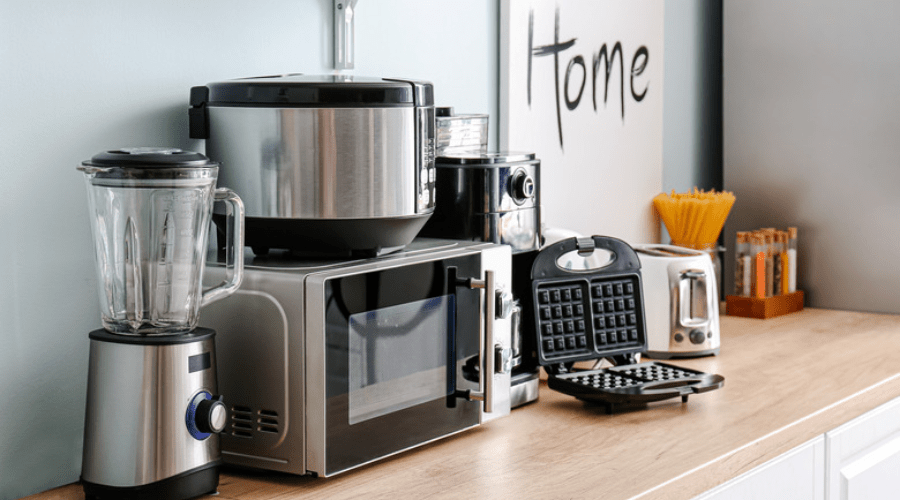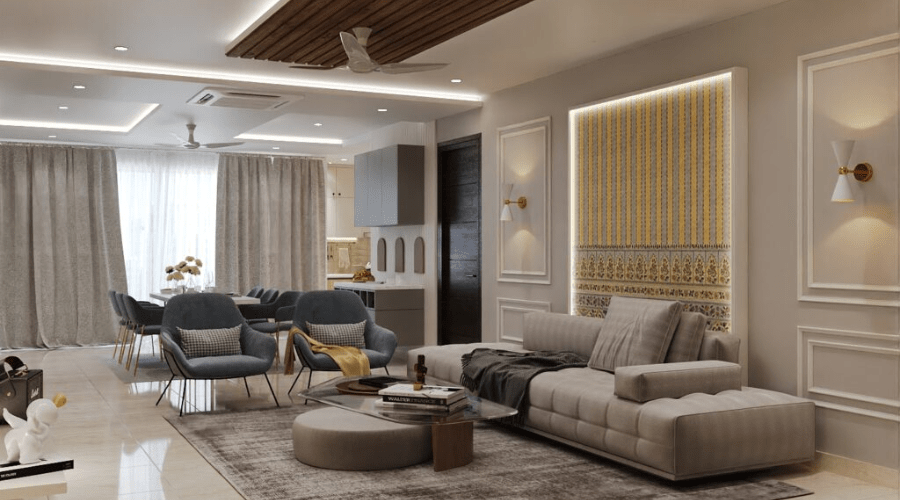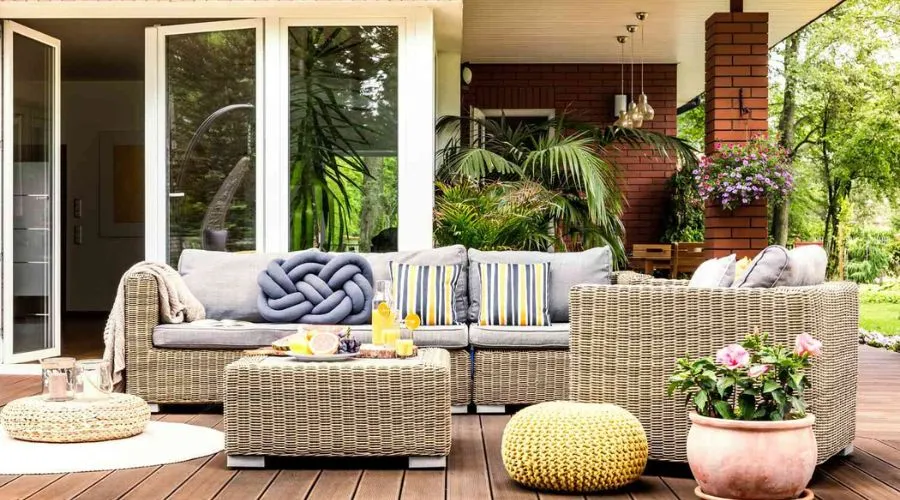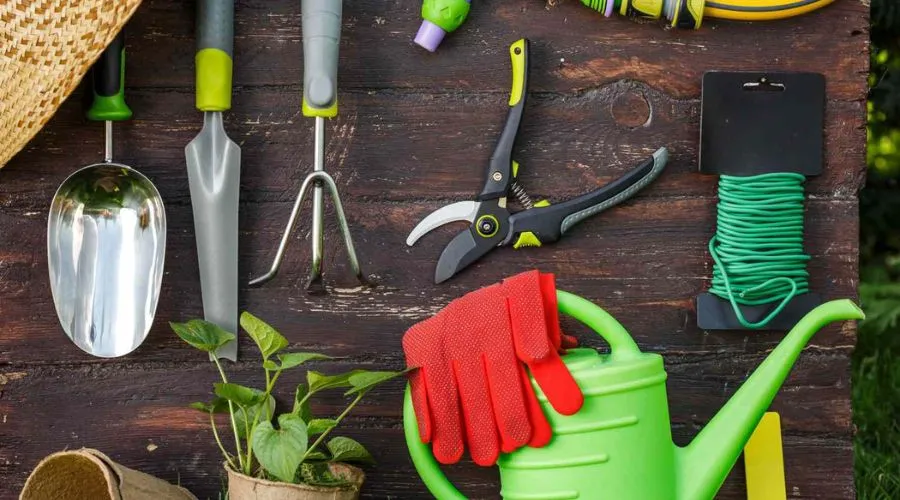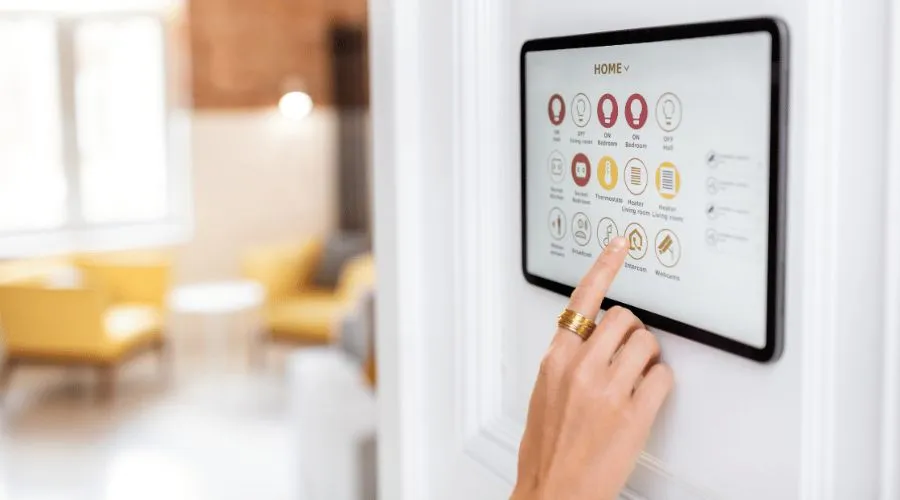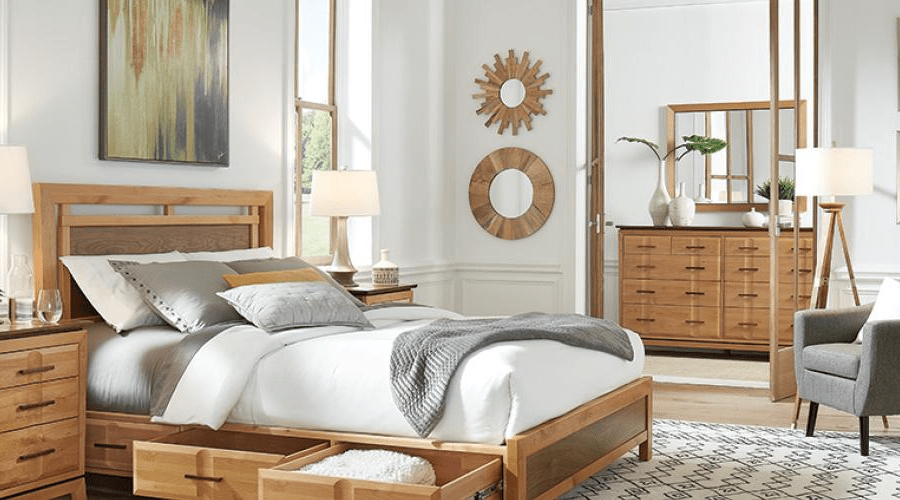
In the realm of interior design, the term “furniture” transcends its utilitarian roots and becomes an embodiment of style, comfort, and personal expression. From classic antiques to modern marvels, furniture plays a pivotal role in shaping the aesthetics and functionality of our living spaces. In this exploration of the world of furniture, we delve into its rich history, evolving trends, and the profound impact it has on our daily lives.
The Evolution of Furniture: A Journey Through Time
Furniture has a storied history, dating back to ancient civilizations where rudimentary forms served essential functions. As societies progressed, so did the craftsmanship and design of furniture. From the ornate wooden thrones of ancient Egypt to the minimalist elegance of mid-century modern pieces, the evolution of furniture reflects the changing tastes and needs of humanity.
Antiques: Preserving the Elegance of the Past
Antique furniture holds a unique allure, blending craftsmanship with historical significance. These pieces not only tell tales of bygone eras but also showcase the timeless beauty of intricate carvings and handcrafted details. Whether it’s a Chippendale chair or a Victorian-era armoire, antiques bring a touch of nostalgia and sophistication to contemporary spaces.
Modern Innovations: Form Follows Function
In the 20th century, a design revolution took place with the advent of modernism. Furniture designers like Le Corbusier and Charles and Ray Eames embraced the mantra “form follows function,” giving birth to sleek, minimalist pieces that emphasized practicality without compromising on style. The iconic Eames Lounge Chair and the Barcelona Chair are testaments to the enduring appeal of modern design.
Sustainable Furniture: A Confluence of Style and Ethics
As environmental awareness grows, so does the demand for sustainable furniture. Consumers now seek pieces crafted from eco-friendly materials, showcasing a harmonious blend of style and ethics. Bamboo, reclaimed wood, and recycled materials find their way into contemporary furniture designs, promoting responsible consumption without sacrificing aesthetic appeal.
Furniture Styles: From Classic to Contemporary
Furniture styles are as diverse as the individuals who choose them. Whether one gravitates towards the opulence of traditional furniture or the clean lines of contemporary pieces, there’s a style to suit every taste.
Classic Elegance: Timeless Pieces That Transcend Trends
Classic furniture exudes a sense of timeless elegance. Ornate detailing, rich wood finishes, and plush upholstery characterize pieces inspired by traditional design. A Chesterfield sofa or a four-poster bed brings a touch of classic sophistication to any space, creating an ambiance reminiscent of a bygone era.
Contemporary Chic: Embracing Minimalism and Functionality
On the flip side, contemporary furniture celebrates simplicity and functionality. Clean lines, neutral palettes, and innovative designs define the aesthetic of modern spaces. Modular sofas, glass coffee tables, and statement lighting fixtures exemplify the chic and practical nature of contemporary furniture, catering to the needs of the fast-paced, modern lifestyle.
Mid-Century Modern: A Nod to Nostalgia
Mid-century modern furniture enjoys a resurgence in popularity, capturing the essence of the post-war era. Characterized by clean lines, organic forms, and a focus on functionality, pieces from this period, such as the iconic Eames Lounge Chair or the Saarinen Tulip Table, seamlessly integrate into both modern and eclectic interiors, adding a touch of nostalgia to contemporary living.
Industrial Edge: Raw and Reclaimed Aesthetics
For those who appreciate a more rugged aesthetic, industrial furniture provides a distinctive edge. Exposed metal, reclaimed wood, and raw finishes create a sense of urban grittiness. Pieces like industrial-style coffee tables and metal-framed bookshelves make a bold statement in spaces that embrace the raw and unrefined.
Furniture for Every Room: Tailoring Design to Function
Furniture isn’t just about making a style statement; it’s also about ensuring that each piece serves its intended purpose within a specific space. Different rooms demand different considerations, and understanding how furniture complements various environments is essential.
Living Room: The Heart of Home Comfort
The living room is a social hub, and furniture plays a pivotal role in creating a welcoming atmosphere. A comfortable sofa, accent chairs, and a well-chosen coffee table serve as focal points, encouraging relaxation and social interaction. Sectional sofas provide flexibility in seating arrangements, while entertainment units seamlessly integrate technology with design.
Bedroom Bliss: Creating a Tranquil Retreat
In the bedroom, furniture transforms the space into a serene retreat. The bed, undoubtedly the centerpiece, sets the tone for the room. Platform beds with storage options cater to both aesthetics and functionality, while bedside tables and dressers offer storage solutions without compromising on style. The right bedroom furniture fosters a calming environment conducive to rest and relaxation.
Kitchen and Dining: Where Functionality Meets Style
In the kitchen and dining areas, furniture must strike a delicate balance between functionality and style. Dining tables become gathering points for family meals and social events, with chairs that marry comfort and design. Kitchen islands, with their versatile nature, serve as both practical workspaces and aesthetic focal points, enhancing the overall design of the space.
Home Office: Ergonomics and Efficiency
The rise of remote work has underscored the importance of well-designed home offices. Ergonomic chairs, spacious desks, and efficient storage solutions contribute to a productive work environment. Contemporary office furniture seamlessly blends with home decor, creating a cohesive and inspiring space for work and creativity.
Crafting Memories: The Emotional Connection to Furniture
Beyond its functional role, furniture often becomes a repository of memories and emotions. From the dining table where family gatherings take place to the cozy armchair where late-night reading sessions unfold, each piece has the potential to weave itself into the fabric of our lives.
Heirloom Furniture: Passing Down Traditions
Certain pieces of furniture become cherished heirlooms, passed down through generations. Whether it’s a meticulously crafted dining table or a hand-carved rocking chair, heirloom furniture carries with it not only the skill of the craftsman but also the shared experiences of family milestones and traditions.
Customization: Infusing Personal Stories into Design
In an era of mass production, customization allows individuals to imprint their personalities onto their furniture. From choosing fabrics and finishes to collaborating with artisans on bespoke pieces, customization creates a unique connection between the owner and their furnishings. Custom furniture becomes a canvas for personal expression and storytelling.
Upcycling and Repurposing: Giving Old Furniture New Life
As sustainability gains prominence, the practice of upcycling and repurposing furniture has become a creative and eco-friendly approach. Transforming an old dresser into a stylish bar cabinet or repurposing wooden pallets into a coffee table adds character and uniqueness to the home, while also reducing waste.
Conclusion: Furniture as an Art Form and Lifestyle Statement
In the grand tapestry of interior design, furniture emerges as a central thread, weaving together functionality, aesthetics, and personal expression. From the timeless allure of antiques to the sleek lines of modern design, furniture continues to evolve, reflecting the ever-changing tastes and values of society. As we navigate the intricate world of furnishings, we realize that it’s not merely about acquiring pieces; it’s about curating a space that tells our story, embraces our lifestyle, and provides a canvas for the art of living.


